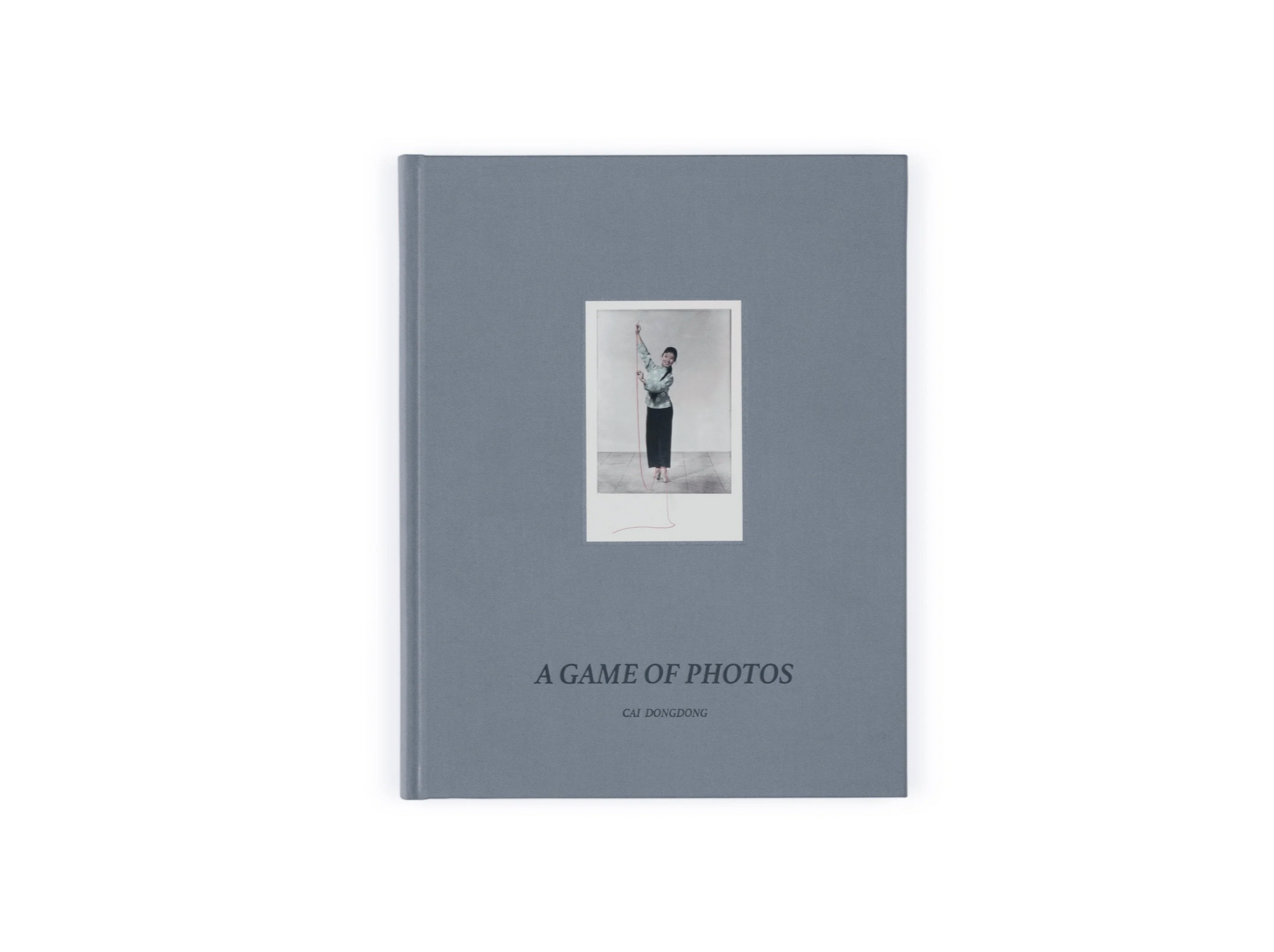










300部限定
本書に掲載されている作品は、2014年から2021年にかけて制作されたものです。前半は収集した写真、後半はほとんど作者である蔡東東(カイ・ドンドン)が撮影した写真となっている。
きっかけは、10年以上前に撮った写真の多くが、あまりに役に立たないことに気づいたことでした。何の価値もなく眠っているのに、捨ててしまうのはもったいない。そしてついに、その無駄な部分を破壊することを決意したのです。最初の一枚は、人の裸の背中だった。それを破り、その亀裂がたまたま写真の内側の鈍い、バランスのとれた構造を壊した。私の行為は、写真に新しい生命を与えたように思えた。蘇ったのだ。そうして、残りの写真にも手を加えるようになった。引っ掻いたり、こすったり、擦ったり...外科医のように、それらの写真を手術していった。自分の写真がなくなったら、集めました。ネガがあるので、まず暗室で現像して、壁に貼って、何度も何度も見て、演劇の構造や、その下に隠れている別の空間を探っていく。そして、その構造や空間に、コラージュしたり、焼き付けたり、他の関連するものと組み合わせて写真インスタレーションにしたりと、さらに工夫を凝らしました。やがて、ひとつのモードができあがった。私が撮影し、収集した写真の中で、活用できるものはほとんどない。1万枚のうち、最終的な作品にできるのは、ほとんど1枚です。あるものは一瞬で分解する方法を見つけ、あるものは壁に貼ってから何年もかかる。じっくりと時間をかけて育てていったのです。ほとんどの場合、忍耐と運に頼らざるを得ませんでした。最近では、これらの写真を使って大きなインスタレーションも作りました。この本のレイアウトに合わないので、追加していません。個々の作品をまとめると、歴史の糸が浮かび上がってくる。この本は時系列で編集されています。
このような創作は、原作者の意図を歪めるので、正しい写真も正しくなくなる。イメージの感覚と認知の境界を曖昧にし、写真のデノテーションを拡張しようとするものです。イメージと鑑賞者の関係を問う方法を提示することで、切断された写真を作り出し、写真がもたらした歴史の虚像を覆い隠すのです。
-
1978年甘粛省天水市に生まれ、若くして人民解放軍に入隊。この仕事は、彼のメディアに対する正式な訓練となり、北京に戻り、自分のスタジオを開設するまでのキャリアパスへと発展しました。
アーカイブやファウンドフォト、インスタレーションを駆使して、蔡は半分壊れたような現実を作り出します。デュシャンのダダイズム的感性にちなんで、既製品の素材を使い、鏡や矢などのオブジェクトで写真の"皮膚"を貫き、彼が「フォト・スカルプチャー」と呼ぶものを形成しています。
ー
Works in this book were created from 2014 to 2021. The photographs I used to make them came from my years of collection as well as the camera of my own–the first half was collected and the other half was mostly shot by myself.
It all started when I found that many photos I took in over a decade were so useless. They lied there, without any value, and yet it would be a pity to throw them away. Finally I decided to destroy those useless pieces. The first one was a person’s naked back. I ripped it and the crack happened to break the photo’s inner dull and balanced structure. My action seemed to grant it a new life. It revived. Thus I started to work on the rest ones: scratch, rub, or scrub…Like a surgeon, I operated on those photos. When my own pictures ran out, I collected. Since they all have negatives, I developed them first in the darkroom, put them on the wall and watched over and over again to explore the theatrical structure, or even another space that was hidden beneath. And then I applied more means on those structures and spaces: collage, burn, or combine them with other relevant objects into photographic installations. Soon there was a mode. Among the photos I took and collected, few could be made use of. Almost one from a ten thousand could be developed into a final work. Some took me an instant to find the way to deconstruct them and some took years after I put them on the wall. It was a slow and long-term growth. Most of the time I had to count on patience and luck. Recently I also made some large installations with those photos. They doesn’t fit the layout of this book, so I didn’t add them in. A historical thread emerged when individual pieces were compiled together. The book is edited chronologically.
This kind of creation makes a correct photo incorrect because it distorts original author’s intention. It blurs the boundary between sensory and cognitive experience for images and tries to extend the denotation of the photos. By presenting a way of questioning the relationship between images and their viewers, it produces pictures that disconnect, and unmasks history’s false appearance the photos once brought.
-
Born in Tianshui, Gansu, in 1978, Cai Dongdong joined the People’s Liberation Army at a young age, taking up a role as a portrait photographer for enlisted soldiers. This job became his formal training in the medium, developing into a career path as he returned to Beijing and opened his own studio. Through the use of archival, found photography, and installation, Cai creates half-fragmented realities. Taking readymade materials – a nod to Duchamp's Dadaist sensibilities – he pierces through the skin of these photographs with mirrors, arrows, and other objects, forming what he calls 'photo-sculptures.'
